Kenya confirms first oil deposits offshore
Pancontinental Oil and Gas has announced that after lengthy analysis, it has been verified that the recently completed Sunbird-1 well off the southern Kenyan coast has intersected an oil column – the first-ever oil discovered off the East African coast.
The gross oil column is assessed to be 14m thick beneath a gross gas column of 29.6m in a reefal limestone reservoir in the Sunbird Miocene Pinnacle Reef in area L10A.
The corresponding net values are 9.2m for the oil zone and 28.3 m for the gas zone. The net values are calculated for the reservoir using cut-offs of 10% porosity (Phi) and 50% shale volume (Vsh). Oil and gas samples have been recovered and analysed using sophisticated geochemical techniques.
The Sunbird Reef is an ancient Miocene pinnacle reef buried beneath approximately 900m of younger sediment.
Pancontinental says it believes the results are highly significant because they are the first proof
of the presence a prospective oil system in the Lamu Basin offshore Kenya. The oil and gas have been geochemically typed in detail and the prospective source rocks have been dated and characterised for use in future exploration.
“Pancontinental’s blocks offshore Kenya all contain Miocene Reefs, as well as numerous other types of geological targets.
“The Sunbird oil discovery has allowed us to geochemically type the oil source rocks, allowing the Joint Venture to effectively plan the way ahead for further oil exploration”.
Further Sunbird results
The top of the Sunbird Miocene Pinnacle Reef was reached at 1,583.7m sub-sea. The water depth is 723m.
Below the upper oil and gas zone, indications of low Wet Gas saturation were seen, although these are not considered to be volumetrically significant.
The age and depositional environment of the oil source rocks have been determined by geochemical analysis, and remain commercially confidential to the L10A Joint Venture.
The presence of oil is supported by geochemical analysis of MDT samples, the pressure gradient of MDT samples, numerical modelling of the invasion of the oil zone and also fluorescence attributable to oil in samples. The reservoir zone was heavily flushed during well control operations, making determination of the oil and gas zones difficult.
Porosity and permeability of the hydrocarbon zone were favourable overall, and were very high in parts of the reservoir as evidenced by the loss of a large volume of drilling fluid.
Sunbird-1 was “plugged and abandoned” in accordance with the drilling program, meaning that the well has been made safe in such a way that it can be left permanently without further intervention. These measures are designed to ensure that there is no danger of leakage of oil or gas within the well or to the sea floor.
Future Exploration
The L10A joint venture is considering the details of follow-up exploration activities after the Sunbird-1 oil discovery.
The Sunbird discovery has yielded important details of the oil system in the Lamu Basin, that are held confidential by the L10A joint venture, including the age and depositional environment of the source rock and the timing of the generation of the oil phase.
L10A covers a variety of play types, prospects and leads. Many of the prospects have been mapped using the two 3D seismic surveys carried out by the joint venture (see Fig. 2). The Sunbird Prospect is one of an inboard cluster of Miocene reefs. Outboard prospects include Tertiary and Cretaceous channels, large anticlinal complexes and Cretaceous and Tertiary fault-bounded prospects.
Other offshore Kenyan activity includes an exploration well to be drilled by Anadarko, as recently announced for later in 2014.
The Kenya L10A consortium consists of: BG Group (Operator) 50%, PTTEP 31.25%, and Pancontinental 18.75%.
Pancontinental has advised that it has increased its interest in licence L10B, immediately to the south of L10A. The increase in interest is subject to the completion of documentation; however Ministerial approval has already been given.
The Kenya L10B consortium now consists of- BG Group (Operator) 75%, Pancontinental 25%.


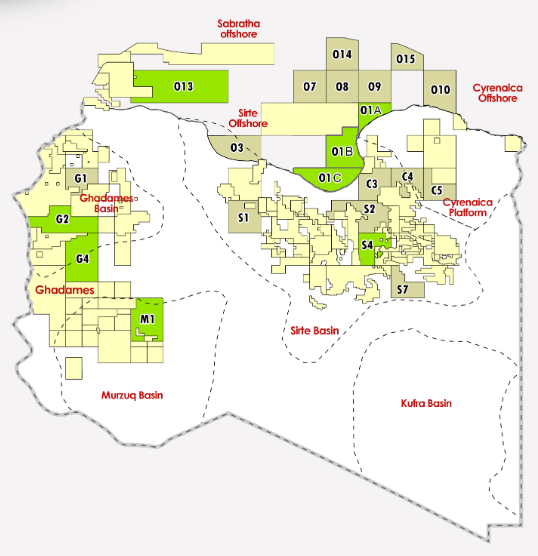
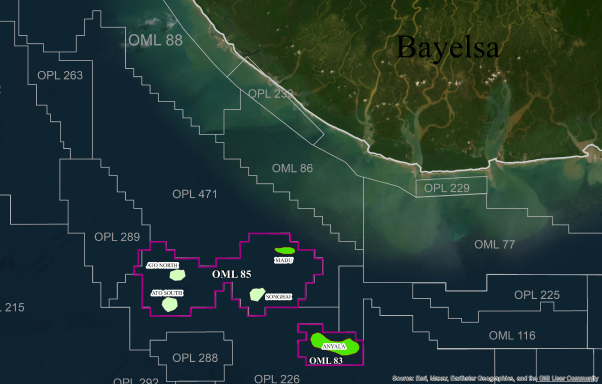
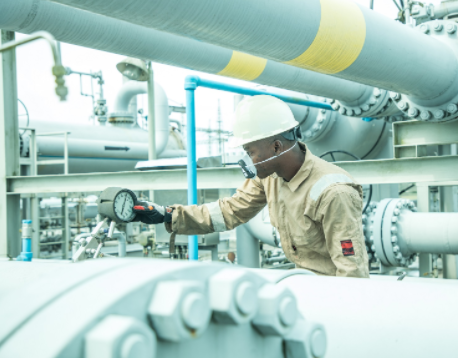
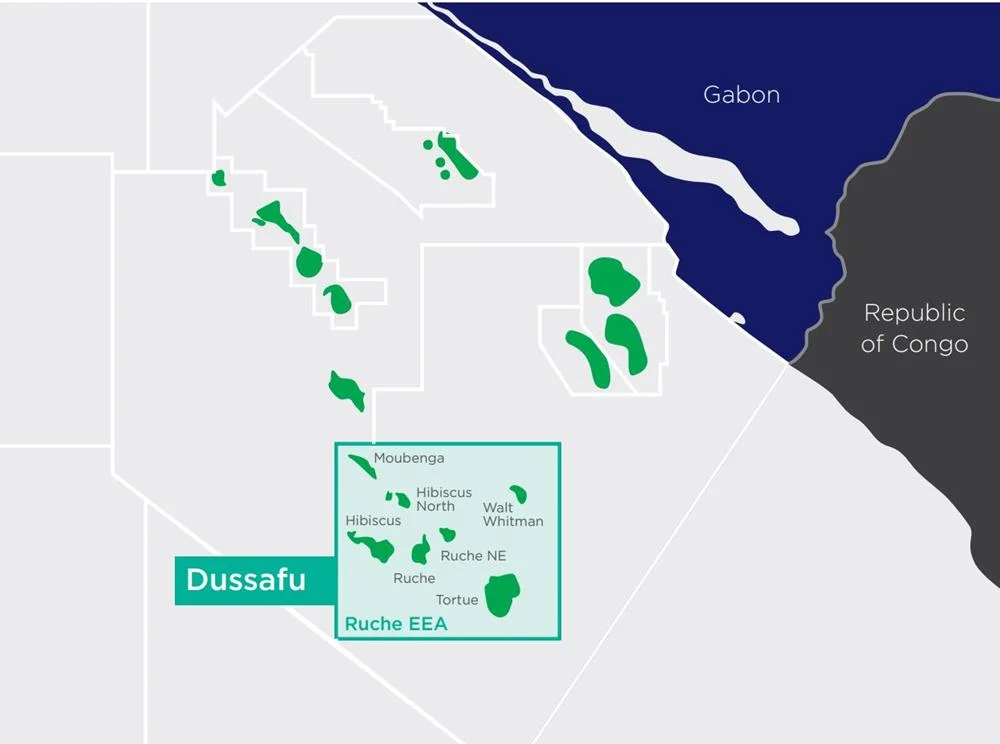
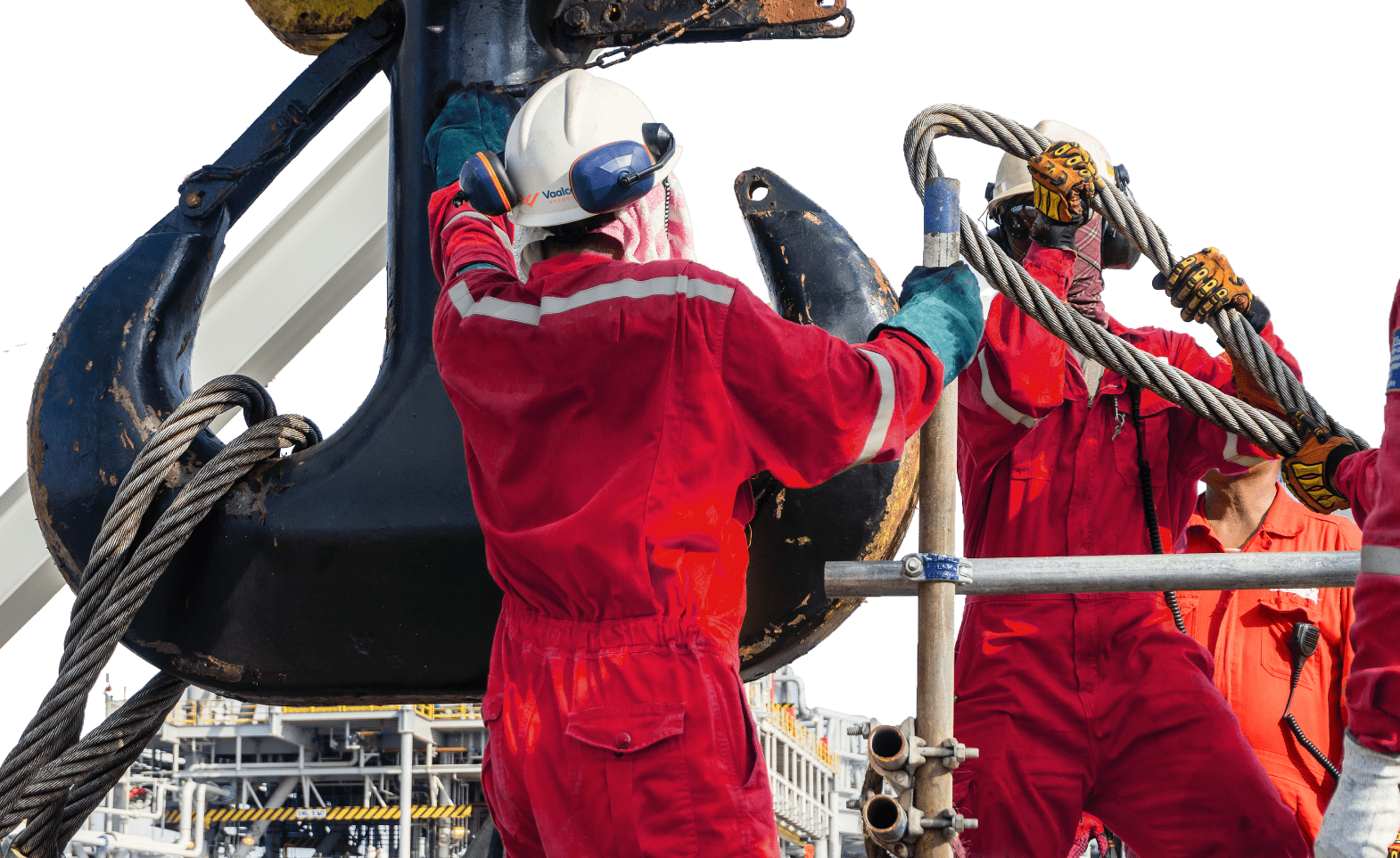


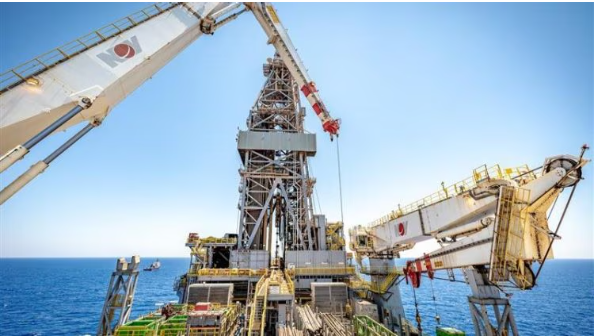


The Well was drilled by one of the worlds most efficeint Drillship, Deepsea Metro 1 operated by Odfjell Drilling, proud to be part of the team